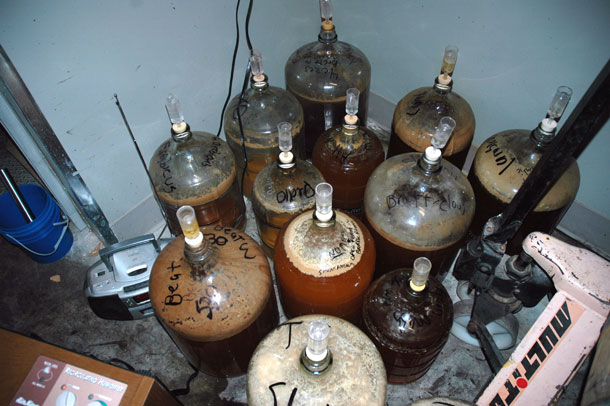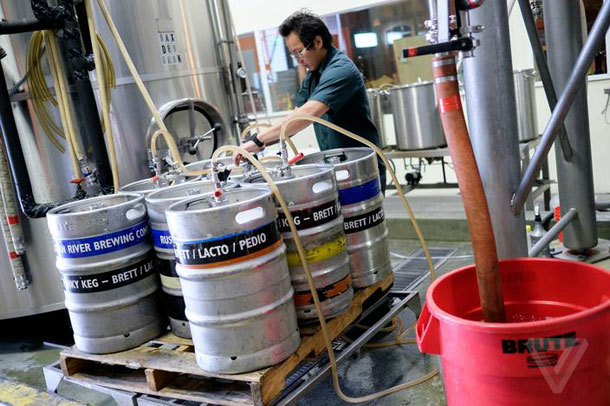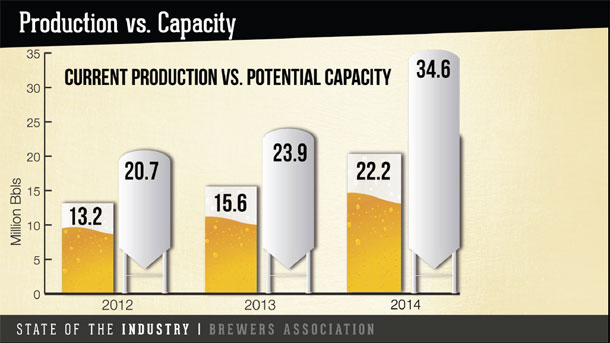MONDAY BEER LINKS, MUSING 05.11.15
In their weekly Saturday roundup of beer links, Boak & Bailey write, “It seems rather trivial to be thinking, reading and writing about beer in the week of a general election …” That’s dangerous thinking, because that might be true every week.
I am so fucking bored by the beer discourse of 2015.
Rants, bar fights and strip clubs. Maybe it’s time to become a wine drinker.
Pete Brown tweeted “Here’s a post which shows why you shouldn’t read social media after a nice evening’s drinking and then blog about it” and his rant lives up to it. Sentences liked this are to be treasured: “And the fucking definition of craft beer debate lumbers on like a zombie, eating the brains of talented people who could otherwise be writing something inspirational, or at least interesting.” A bit of disclosure — I’m quoted in the second link, but Roger Baylor has always expected more out of beer and expecting more of out beer is a concept that shouldn’t be forgotten. [Via Pete Brown and The Potable Curmudgeon]
Brew Talks Chicago: Defining What it Means to Be Small and Local.
This story doesn’t, to be honest. But it gives me an excuse to quote DH Harrison of Country Boy Brewing in Lexington. I was in Kentucky last week, learning a lot about how Kentucky Common was brewed a hundred years ago. The topic of local came up again and again. OK, some of that was my fault. However, I was talking to Daniel Sinkhorn at Country Boy about the challenges of brewing with local chestnuts while Harrison was engaged in a separate conversation and I heard him say, “I want to hire a county guy.” That’s how you stay local. [Via Brewbound}
As I commented on Twitter, things were a lot simpler when Mr. Golding named his hop.
HEY BREWERS! Let's play a game 🙂 #SHNG pic.twitter.com/26MIHZcZB2
— Simply Hops (@SimplyHops) May 6, 2015
Spiking Beer: As Intended, As Brewed?
If you follow Jeremy Danner on Twitter you will occasionally feel his pain when somebody runs a Boulevard beer through some sort of device to make it “better.” I agree on one level with Danner’s thoughts and what Oliver Gray writes about adultering beer, but I also remember that “craft beer” is part of what is referred to as “maker culture.” Consumers are the paying participants in what Colin Campbell describes as “craft consumption.” [Via Literature & Libation]
Drink beer too quickly? Opt for straight glasses, not curved.
In one experiment, those who had straight glasses were 60 per cent slower to consume alcoholic beverages than those drinking from curved glasses. In another, drinkers took more time to exmpty a curved glass with measurements of a quarter, half and three quarters marked on the side. But here’s my favorite line from the story: “The speed at which beer is drunk can have a direct effect on the level of intoxication experienced.” [Via The Telegraph].
Beer-fueled fight in Fairfax prompts officials to look at state farming law.
Shouldn’t the story address if the name of the proposed business — Loudmouth Brewery — was part of the problem? In an event, farm/brewery, lovely concept, but apparently not a slam dunk. [Via The Washington Post]
‘Bourbon Empire’ Reveals The Smoke And Mirrors Of American Whiskey.
“‘The term ‘craft’ is little more than an ambiguous buzzword,’ [Reid] Mitenbuler writes in a new book, Bourbon Empire: The Past and Future of America’s Whiskey. Behind all the craft buzz, Mitenbuler says, are actually just some ‘carefully cultivated myths’ created by an industry on a roll. According to Mitenbuler, many of the newer bourbon brands are actually just spinoffs of factory brands… But you’d never know, since they’re packaged to appear different, smaller and therefore more rare.” And you thought contract brewers took a few liberties. [Via the salt]



 Host Nathan Pierce has posted the roundup for
Host Nathan Pierce has posted the roundup for